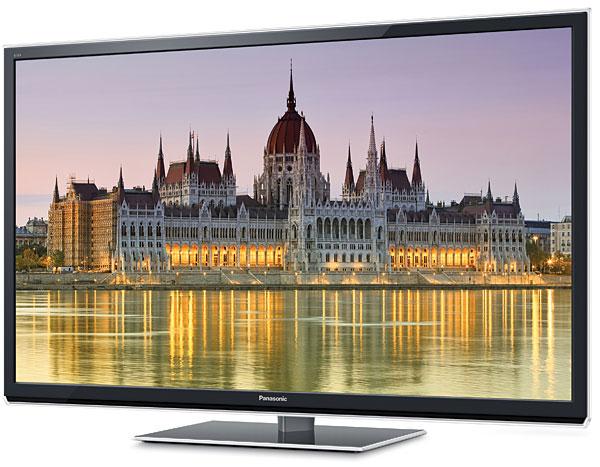Time to Replace Your TV?

The study found 31 percent of the households planning to replace an existing TV over the next year and 22 percent planning to add a new TV. While most households were planning to replace clunky tube sets with flat-panel HDTVs, replacing an original flat panel was a factor in mature markets such as England and the U.S., which has an even more accelerated replacement cycle of about six years.
Screen sizes of 40 to 44 inches dominate planned purchases in mature markets, whereas the 32-inch screen is the most sought-after size in emerging markets such as Russia, Brazil, Mexico, and China. Contrary to what TV makers would like to believe, TV shoppers are not clamoring for hot features such as 3D and Internet connectivity, characterizing them as only somewhat important in selecting a new TV.
3D...Ho, Hum
Speaking of 3D, although sales of 3D-equipped HDTVs are on the rise in the U.S., NPD reports that Americans are less than enthusiastic about the feature. Among consumers who expressed interest in buying a TV before the end of 2012, only 14 percent called 3D a must-have feature, while seven in 10 said it’s a nice feature that they may use in the future.
Key inhibitors include content availability, the need to wear 3D glasses, and the cost of the TV and related accessories. “Our research suggests ownership of 3DTV doesn’t necessarily mean consumers have adopted the technology,” says Ben Arnold, NPD’s director of industry analysis. “Getting owners to put on glasses and watch content is the real measure of 3D’s success.”
- Log in or register to post comments























































